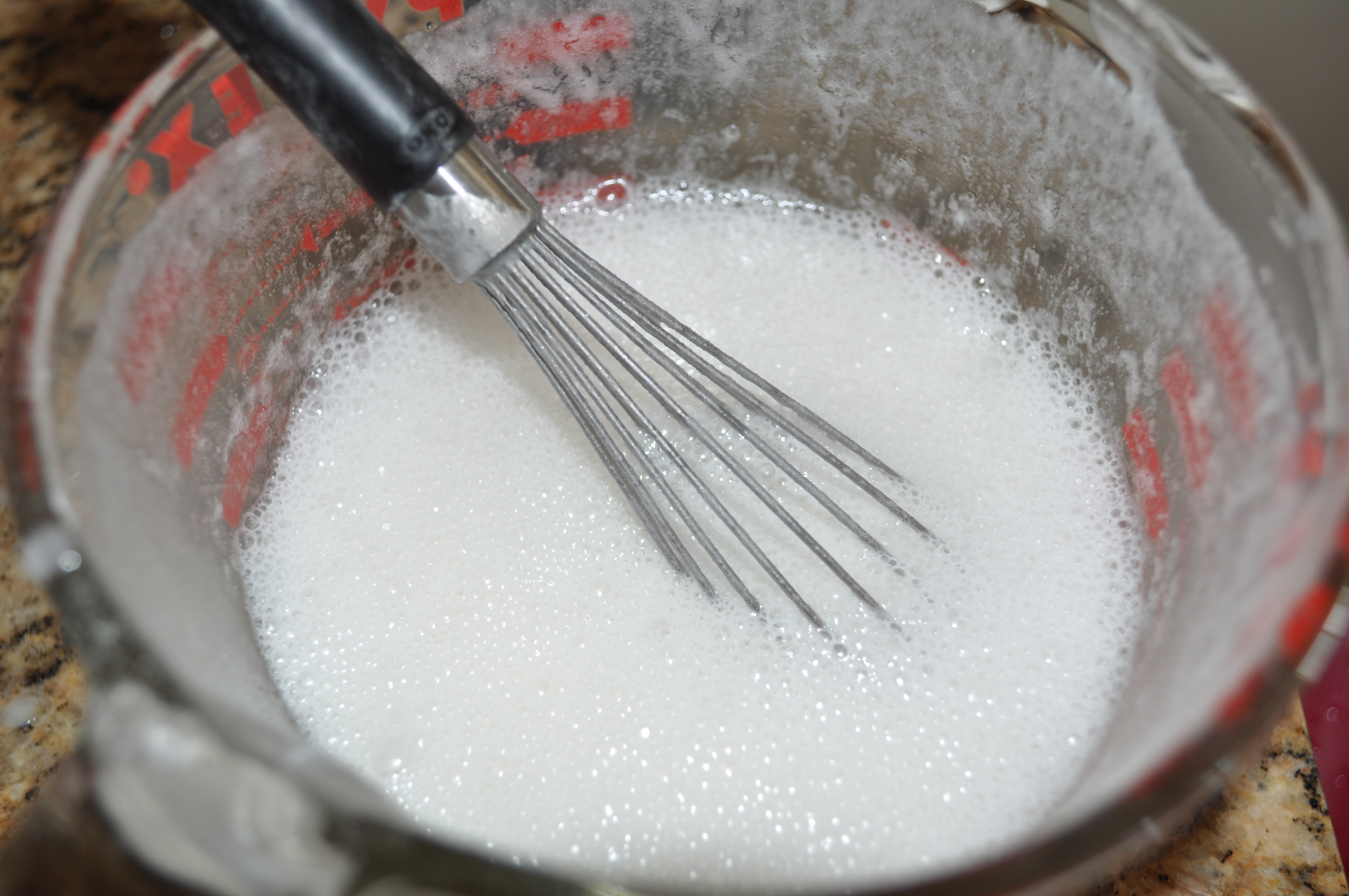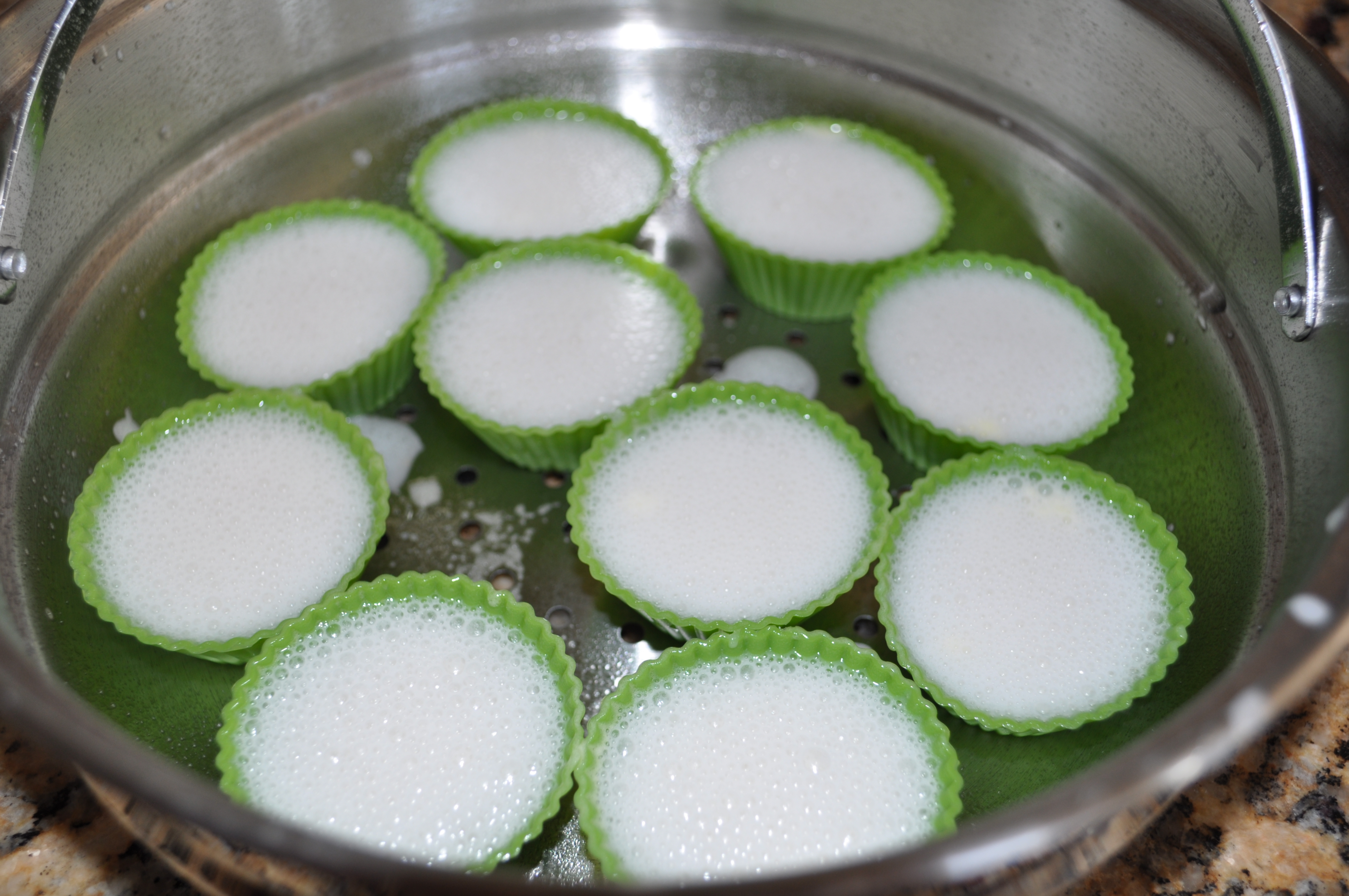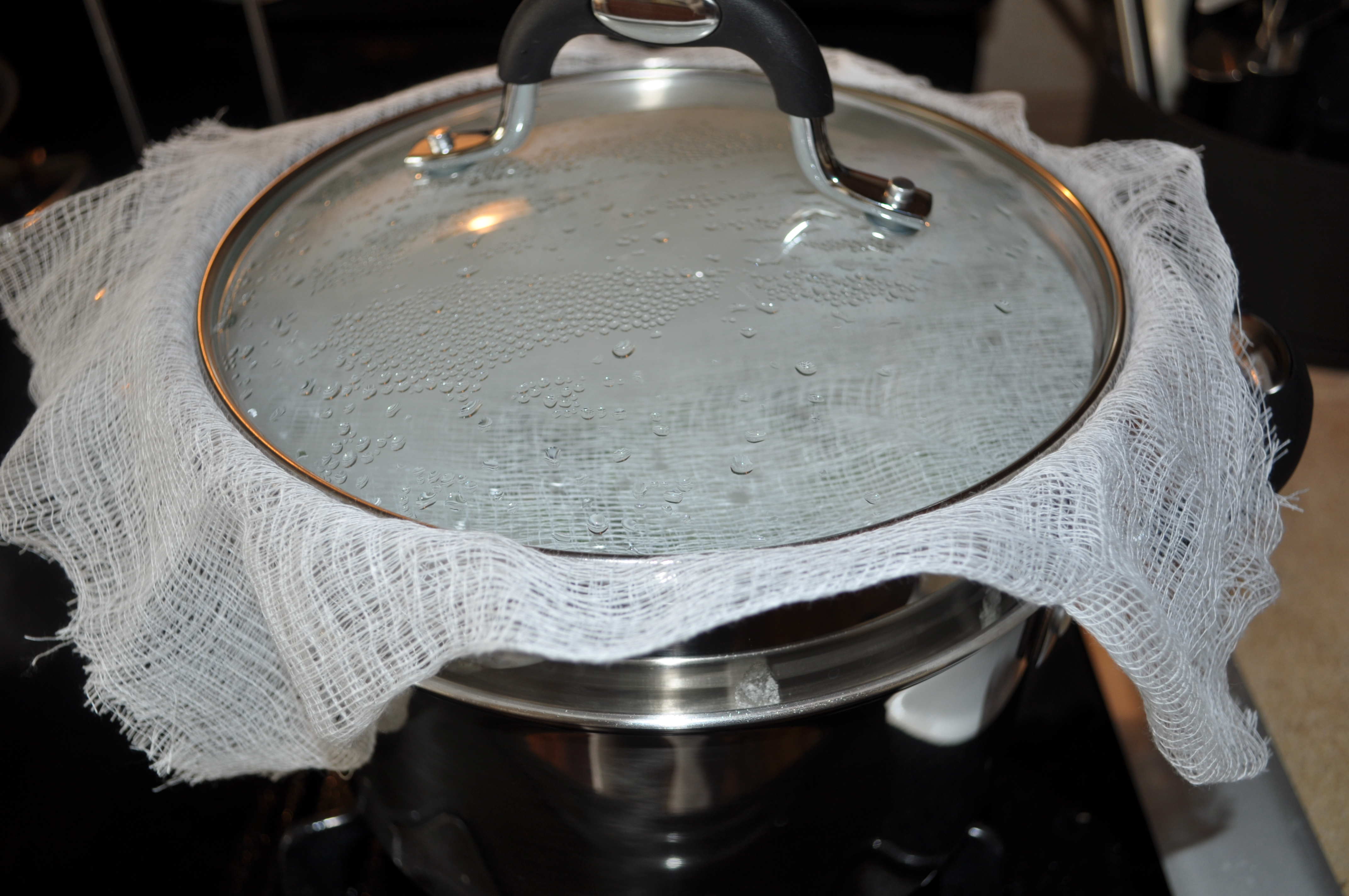
Kådu is the Chamorro term for soup or broth. Think of it as Chamorro Comfort Food. It could be 90 degrees outside on Guam, but serve some kådu for lunch or dinner and chances are, you’ll forget your worries–and the hot weather–as you enjoy a steaming bowl of delicious soup.
There isn’t a particular occasion that kådu is served. If made at home, kådu is usually served as the main course — chicken, beef or other kådu is the starring attraction, served over steamed rice with fina’denne’ on the side. Whereas if you see kadu at parties, it’s usually something more along the lines of a drinkable soup, like Chamorro Corn Soup or Beef Soup with Noodles and Vegetables.
Growing up, kådu was made using whatever we had on hand. Most often my mom would make chicken kådu, using the chickens raised in our yard, of course. She’d also add whatever vegetables my dad happened to be growing at our ranch, or vegetables growing in the back yard. My favorite vegetables to add to kådu were squash and pumpkin tips, and if we had some potatoes and onions, into the pot they went as well. Freshly squeezed coconut milk was a must; that was usually my job when I was younger — grating the coconut then pressing out the thick and creamy milk.
Give my recipe a try. It’s great for those bleary days when warm chicken soup seems to be the only thing to chase the cold away. Find my complete recipe at the bottom of this post. My recipe makes enough to serve 6-8 people, plus enough left over to pack lunch the next day.
You can also try my recipe for Beef Shank Kådu with Vermicelli Noodles and Vegetables. I think you’ll like that one too. 🙂
Here’s how to make my Chicken Kådu.
Prepare your vegetables. Peel and cut your vegetables in to large chunks. I used zucchini, potatoes and baby bok choy in this version; you can use your favorite vegetables.
Peel the zucchini and thickly slice them. I sliced these about 3/4 to 1 inch thick.
Separate the baby bok choy leaves. Rinse each leaf thoroughly to remove all dirt trapped in between the leaves.
Peel and cut the potatoes into large chunks. I used small red potatoes and cut them half. Place the cut potatoes in cold water to keep them from oxidizing and turning brown.
Set all the vegetables aside for now while you cook the chicken.
Place the chicken into a large pot along with sliced onions, chopped garlic, chicken seasoning and black pepper.
Cook the chicken over medium-high heat until done.
Add the potatoes to the pot along with enough water to cover the potatoes. Cover the pot and bring the soup to a boil. Cook the potatoes for about 8-10 minutes or until they are almost done (the potatoes should still be a bit difficult to pierce easily with a fork). The potatoes will continue cooking when you add the rest of the vegetables.
Add the zucchini to the pot once the potatoes are just about done. It doesn’t take long for squash to cook, so be sure to add them to the pot at the end. Replace the lid on the pot; cook the squash for just a few minutes.
Baby bok choy also cooks very quickly. In fact, the steam from the pot will cook the tender leaves sufficiently. Add the bok choy leaves to the pot once the squash is done then turn the heat to low; replace the lid on the pot.
It takes just a couple of minutes for the bok choy to wilt. Turn off the heat once it does.
All that’s left to do is stir in the coconut milk. You don’t want to boil coconut milk or it will separate after prolonged cooking. The soup is quite hot at this point, hot enough to warm the coconut milk, which is all you need to do. Give it a stir, then taste and adjust the seasoning if necessary. Add more salt (or chicken seasoning) and pepper, to taste.
Serve with steamed white rice and fina’denne’ and ENJOY! 🙂
- 8 boneless, skinless chicken thighs, cut into small pieces
- 4 boneless, skinless chicken breasts, cut into small pieces
- 6 drumsticks
- 1 large onion, sliced
- 2 tablespoons chopped garlic
- 1 teaspoon black pepper
- 4 tablespoons chicken seasoning (or powdered chicken bouillon)
- 10 small red potatoes, peeled and cut in half
- 4 cups water
- 8 bunches baby bok choy, leaves separated
- 6 medium zucchini squash, peeled and sliced into 1-inch pieces
- 2 cans coconut milk
- Place the chicken, onions, garlic, black pepper and chicken seasoning in a large pot. Cook over medium-high heat until the chicken is done.
- Add the potatoes and water to the pot. Bring the soup to a boil; cook for 8-10 minutes or until the potatoes are almost done.
- Add the squash to the pot; cook for a couple of minutes.
- Add the baby bok choy leaves to the pot and reduce the heat to low. Cook just until the leaves wilt.
- Turn the heat off then stir in the coconut milk.
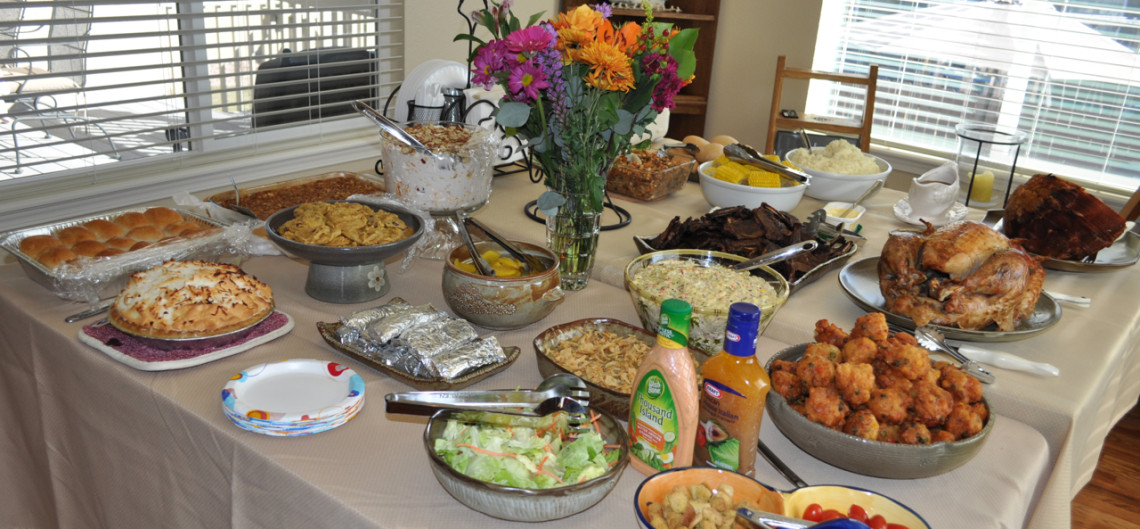











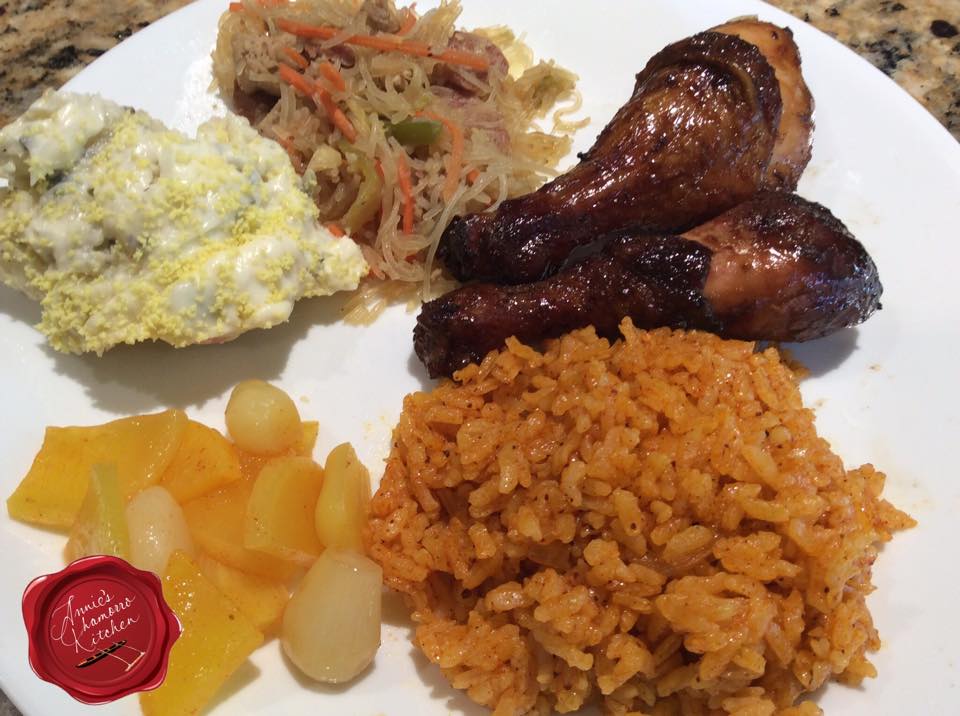
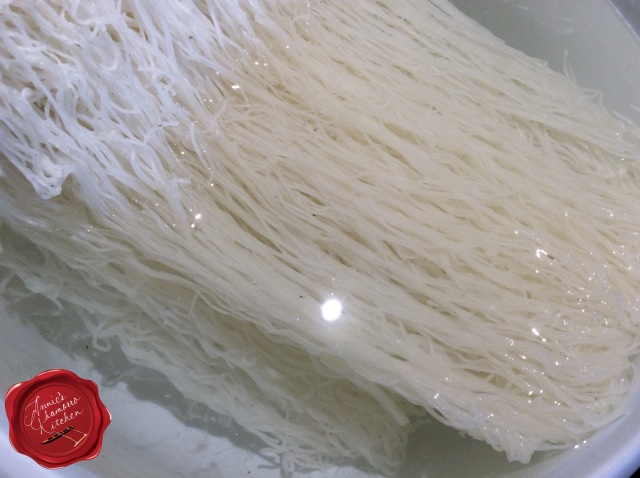





































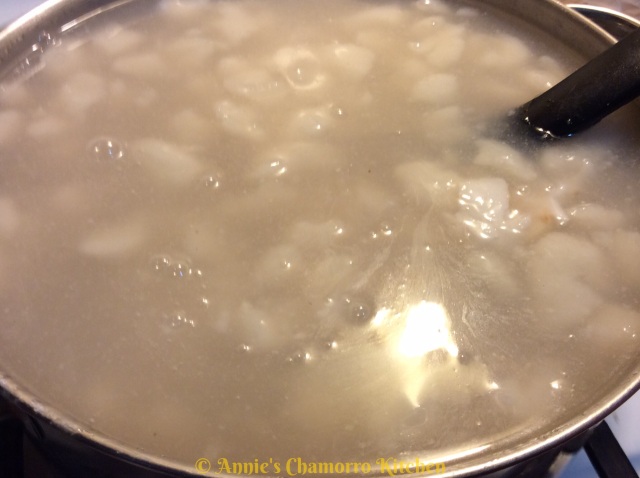
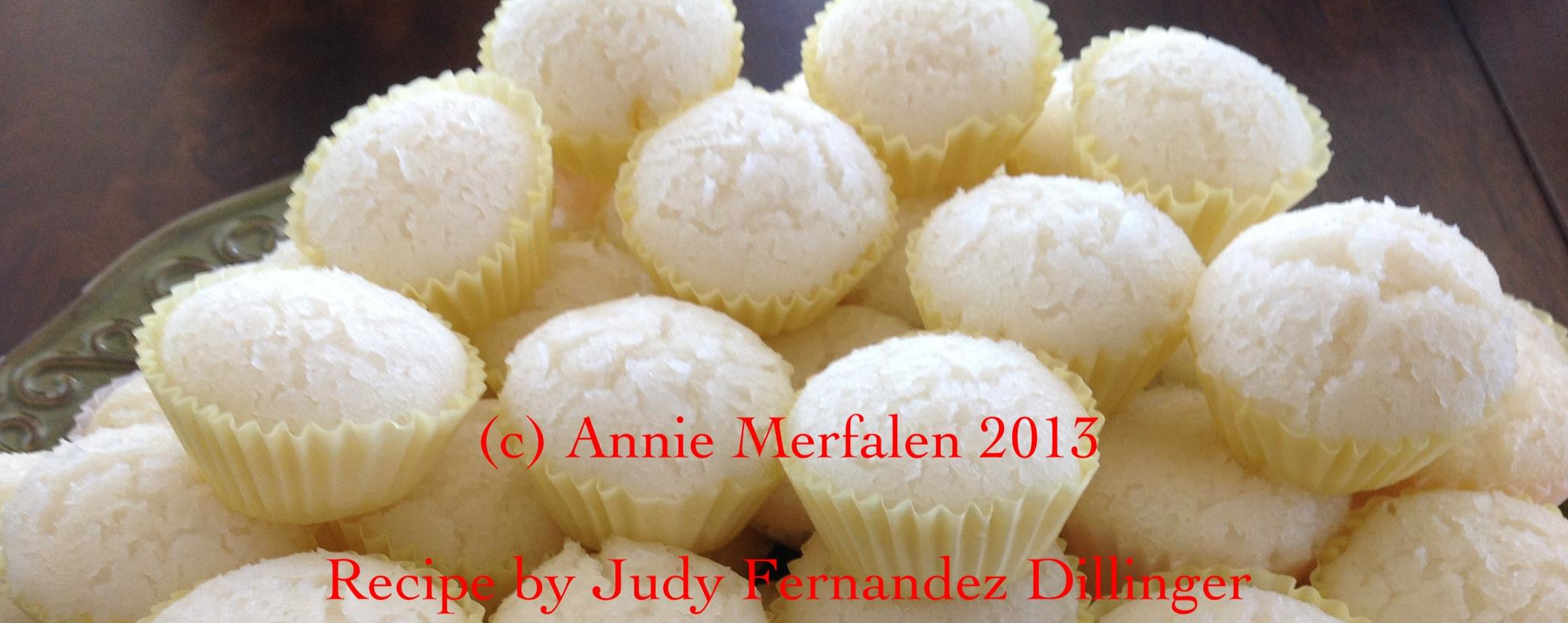
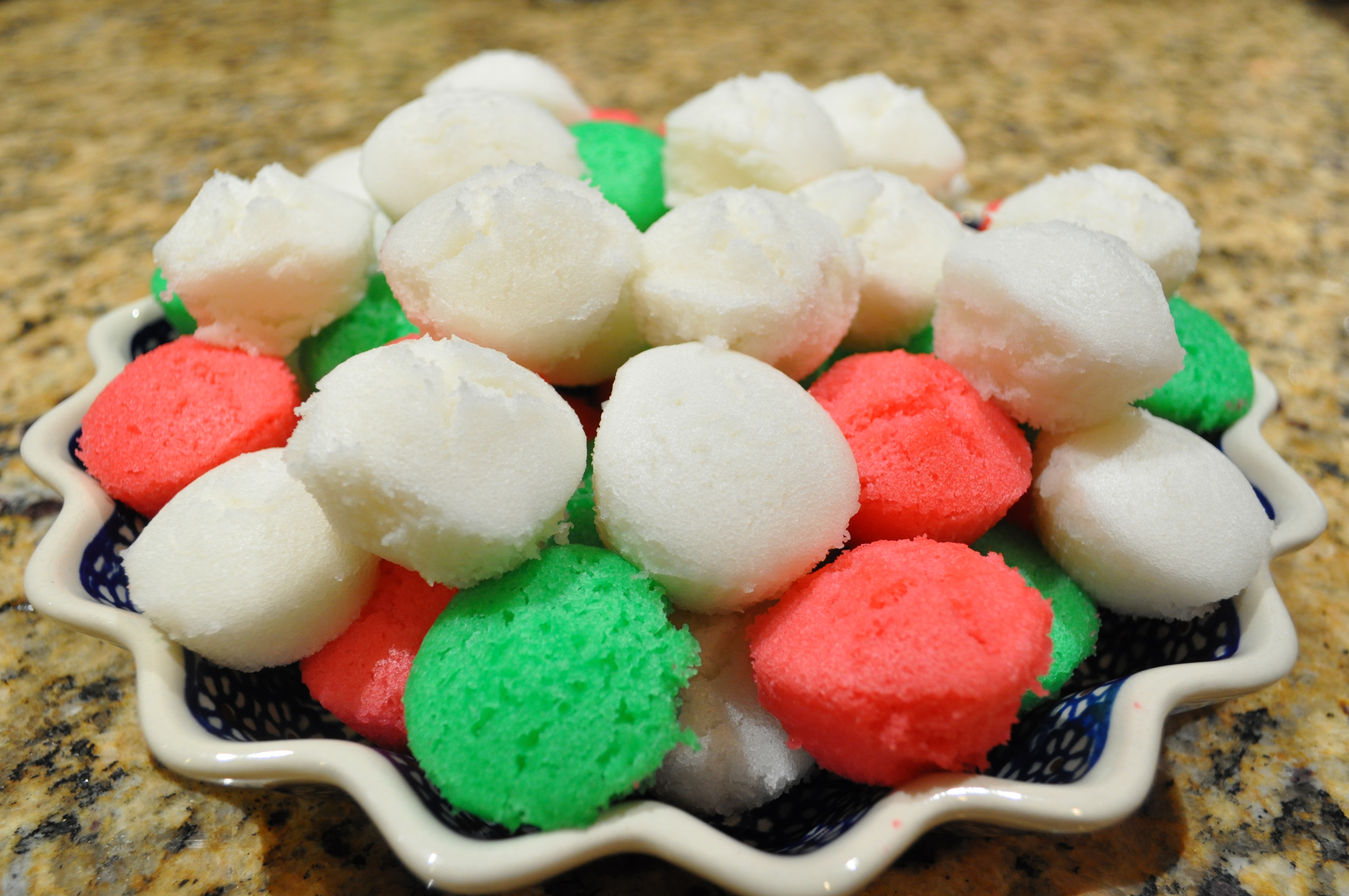
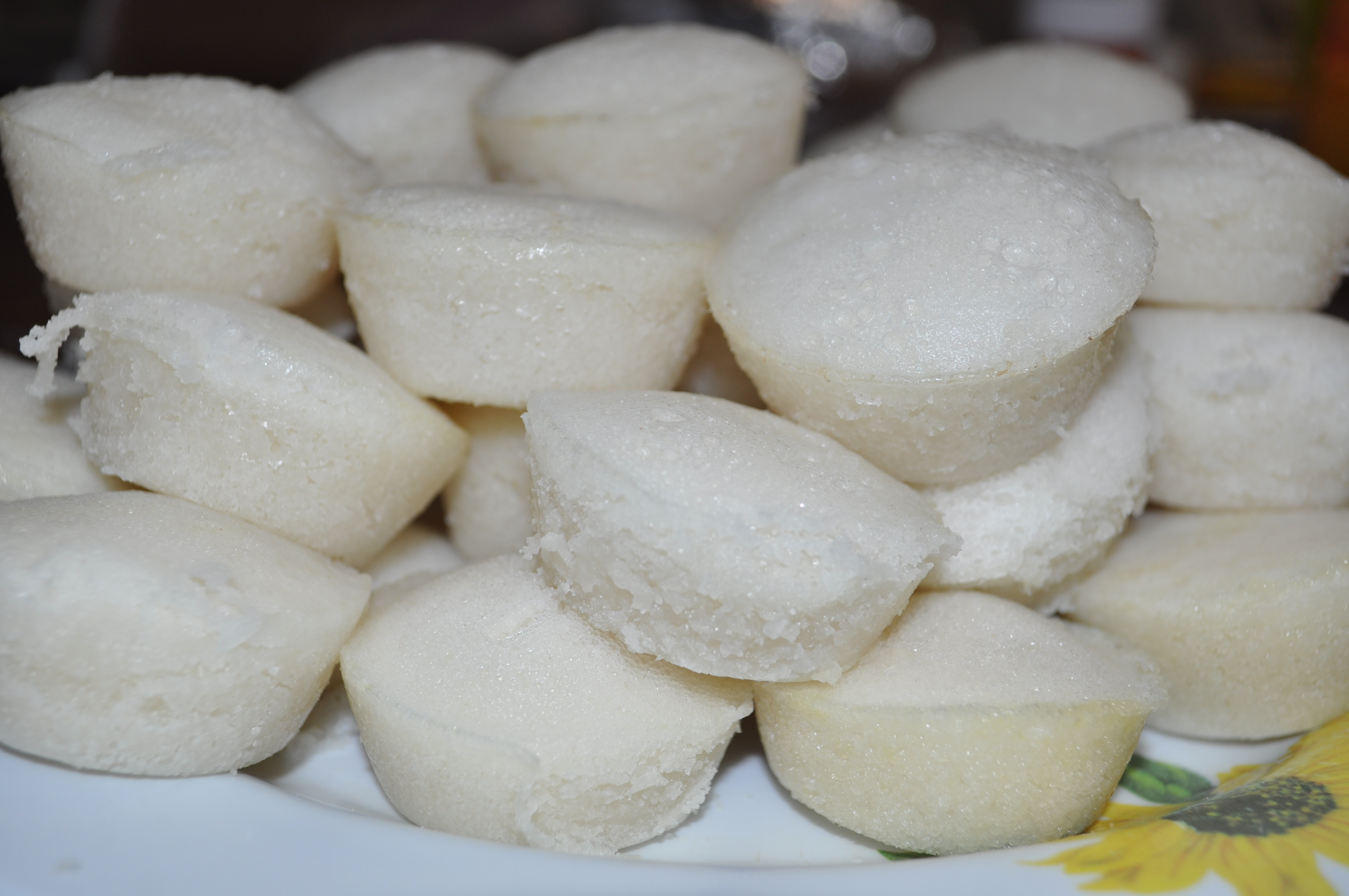
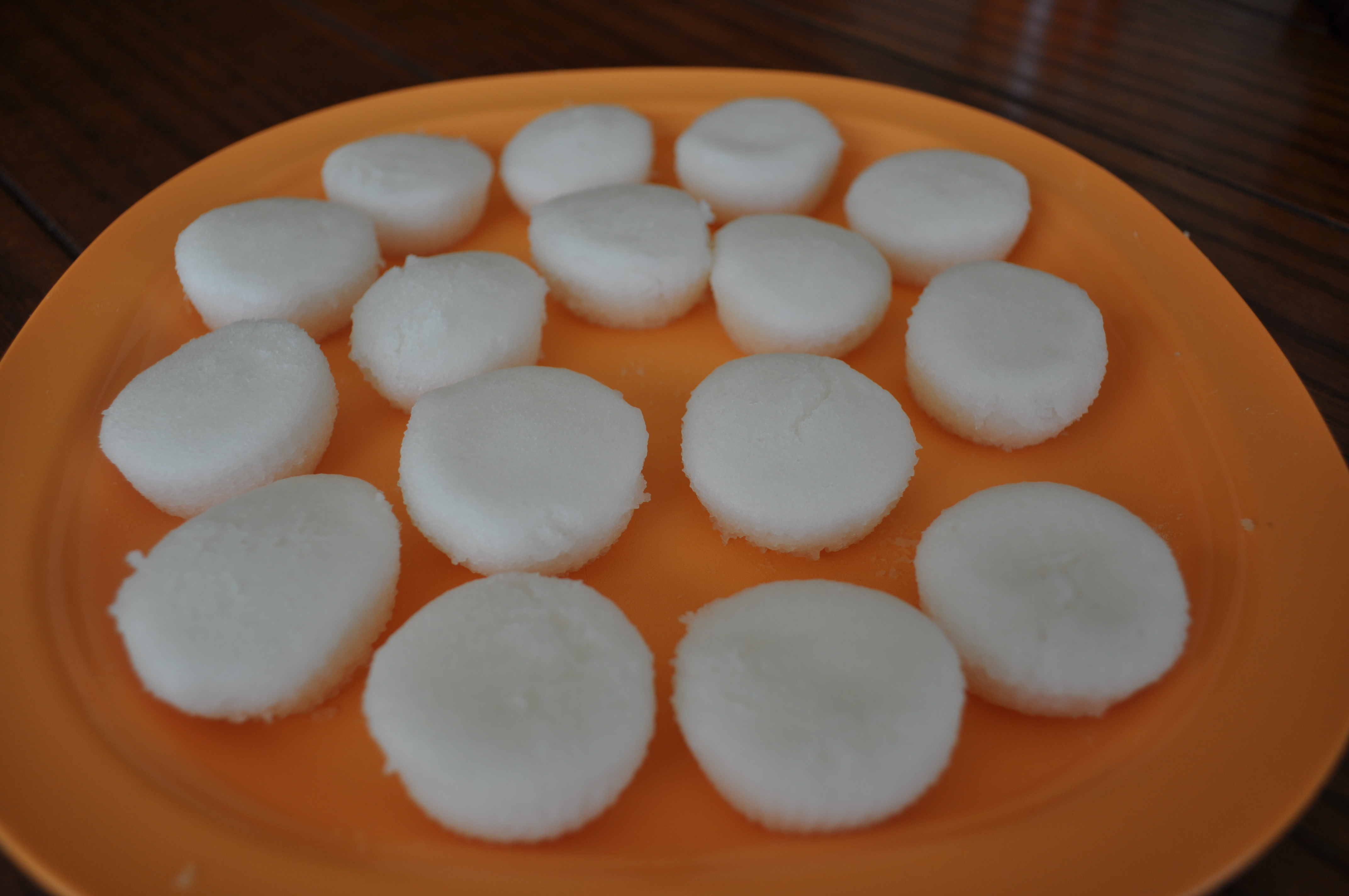
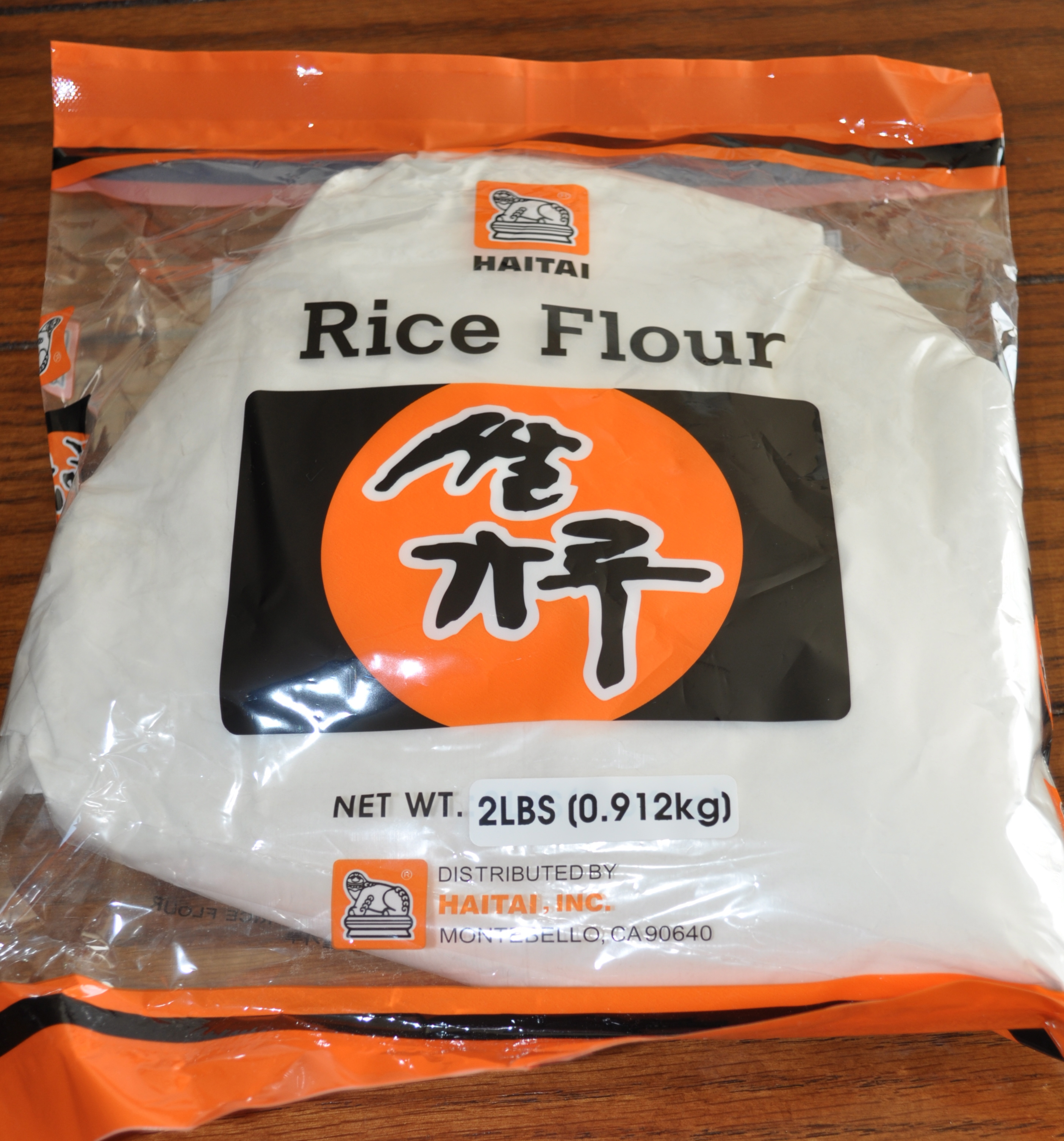 You’ll need to find rice flour that is NOT glutinous. The label will tell you whether it’s glutinous or not. The glutinous kind will NOT work for potu. Glutinous rice flour is made by grinding sweet rice, which is very sticky when cooked. The NON-glutinous rice flour (the kind you need for potu) is made by grinding short or medium-grain rice.
You’ll need to find rice flour that is NOT glutinous. The label will tell you whether it’s glutinous or not. The glutinous kind will NOT work for potu. Glutinous rice flour is made by grinding sweet rice, which is very sticky when cooked. The NON-glutinous rice flour (the kind you need for potu) is made by grinding short or medium-grain rice.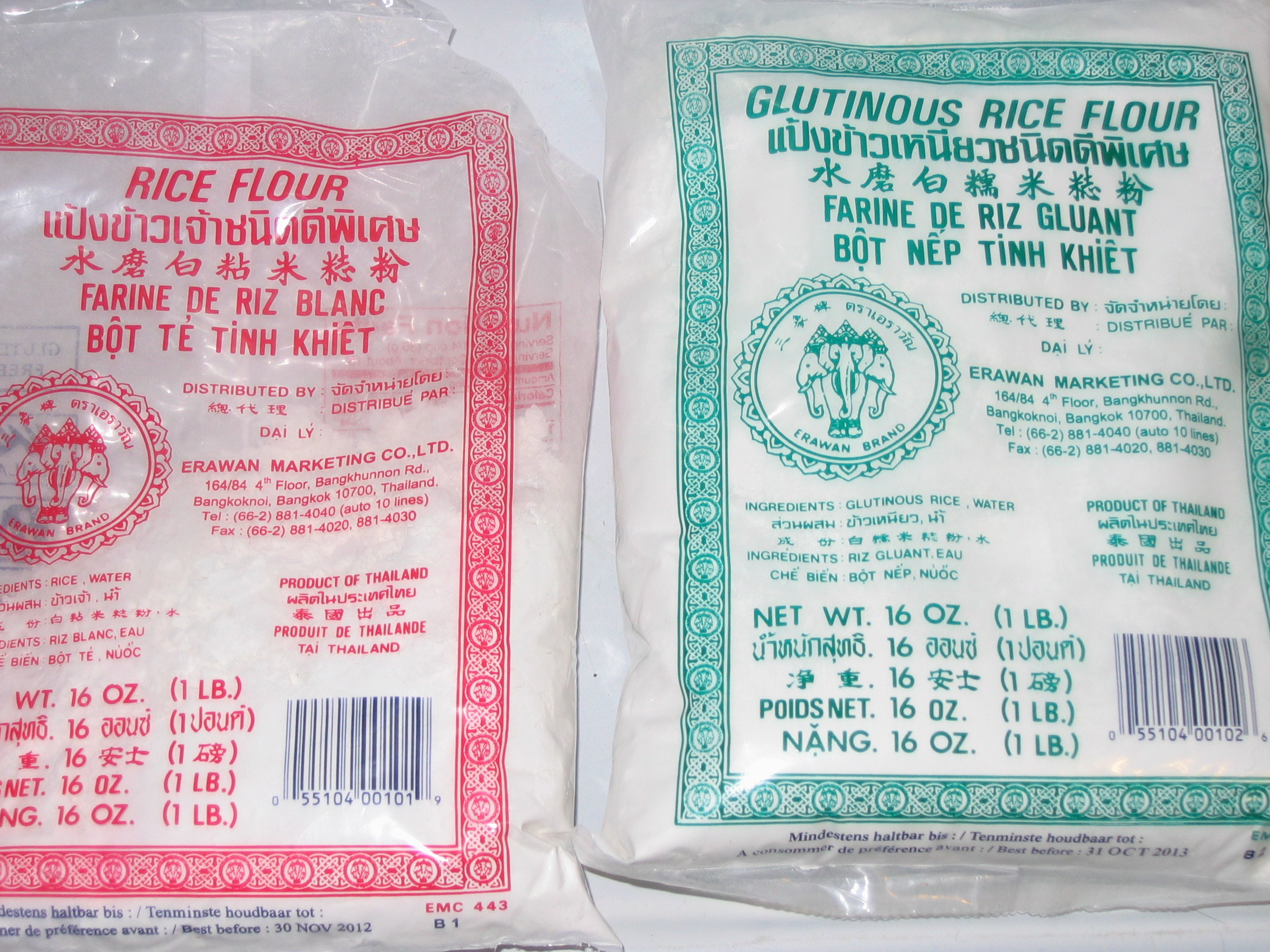
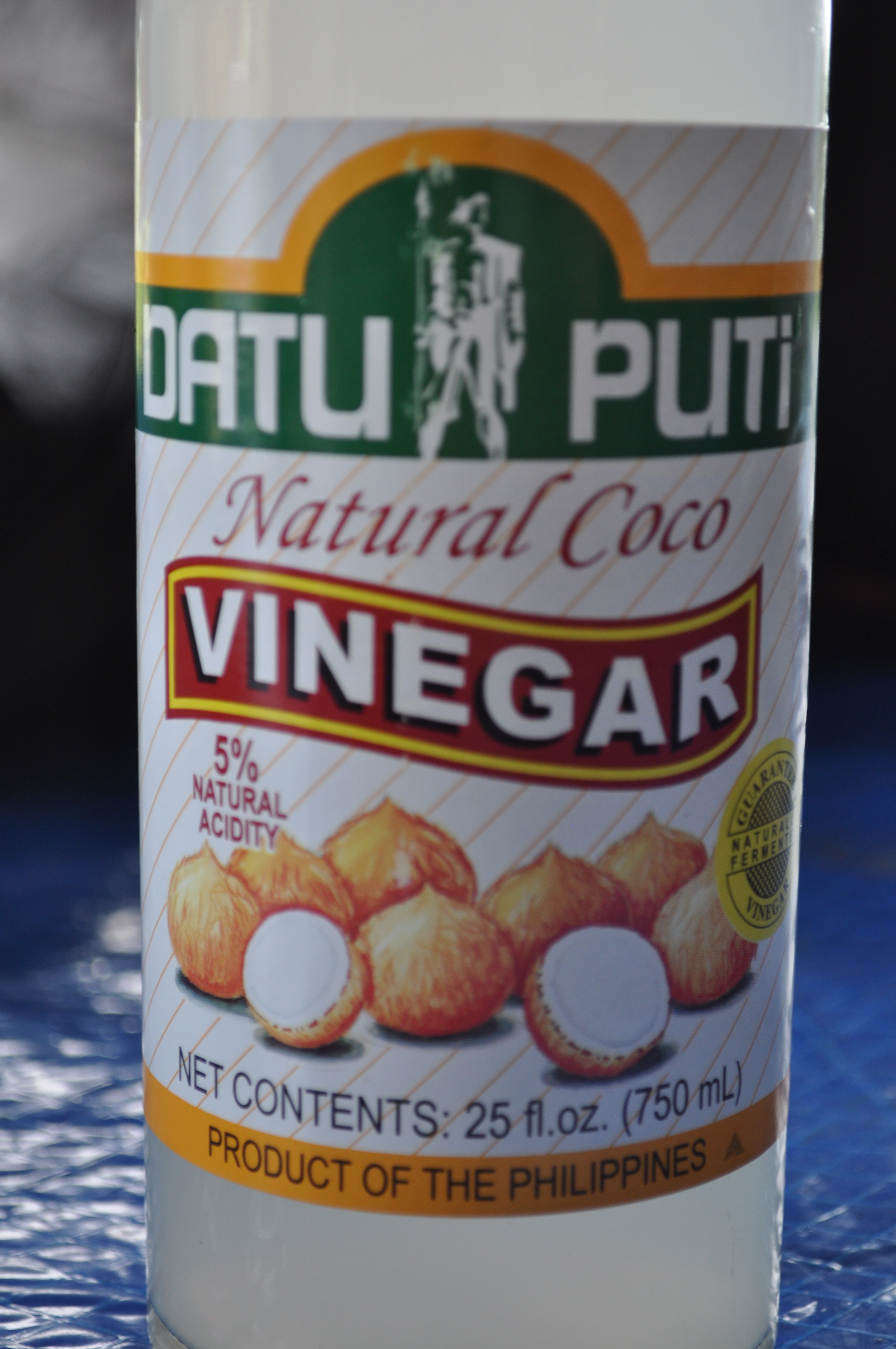 As I mentioned above, tuba is not available here in the states, unless you have a friend or family member visiting from home bring you some. An easy substitute for tuba in this recipe is coconut vinegar. You only need a little bit of vinegar. Judy’s recipe calls for four tablespoons mixed with enough water to make one cup of liquid. I actually cut the amount of vinegar in half because it’s quite pungent. This is the brand of coconut vinegar I use.
As I mentioned above, tuba is not available here in the states, unless you have a friend or family member visiting from home bring you some. An easy substitute for tuba in this recipe is coconut vinegar. You only need a little bit of vinegar. Judy’s recipe calls for four tablespoons mixed with enough water to make one cup of liquid. I actually cut the amount of vinegar in half because it’s quite pungent. This is the brand of coconut vinegar I use.